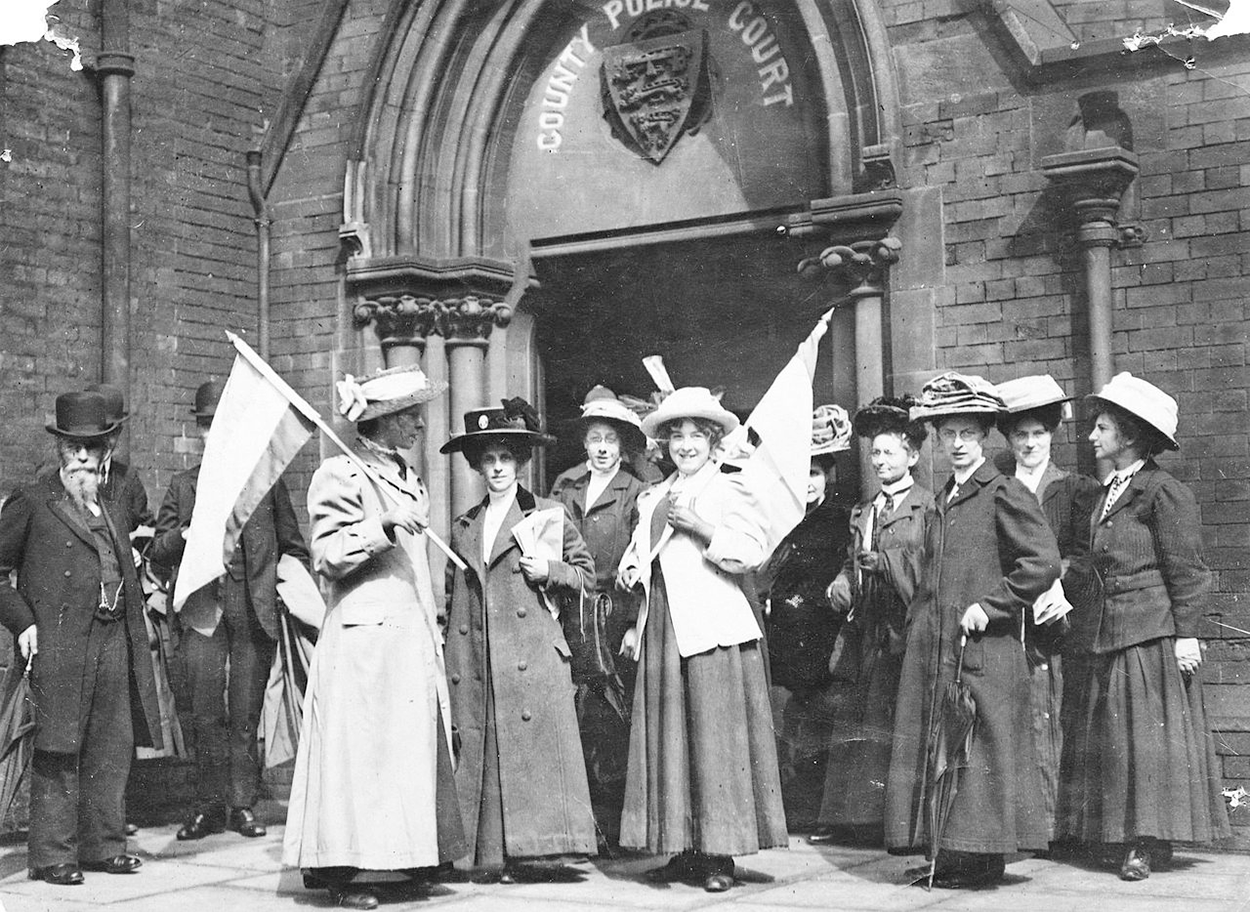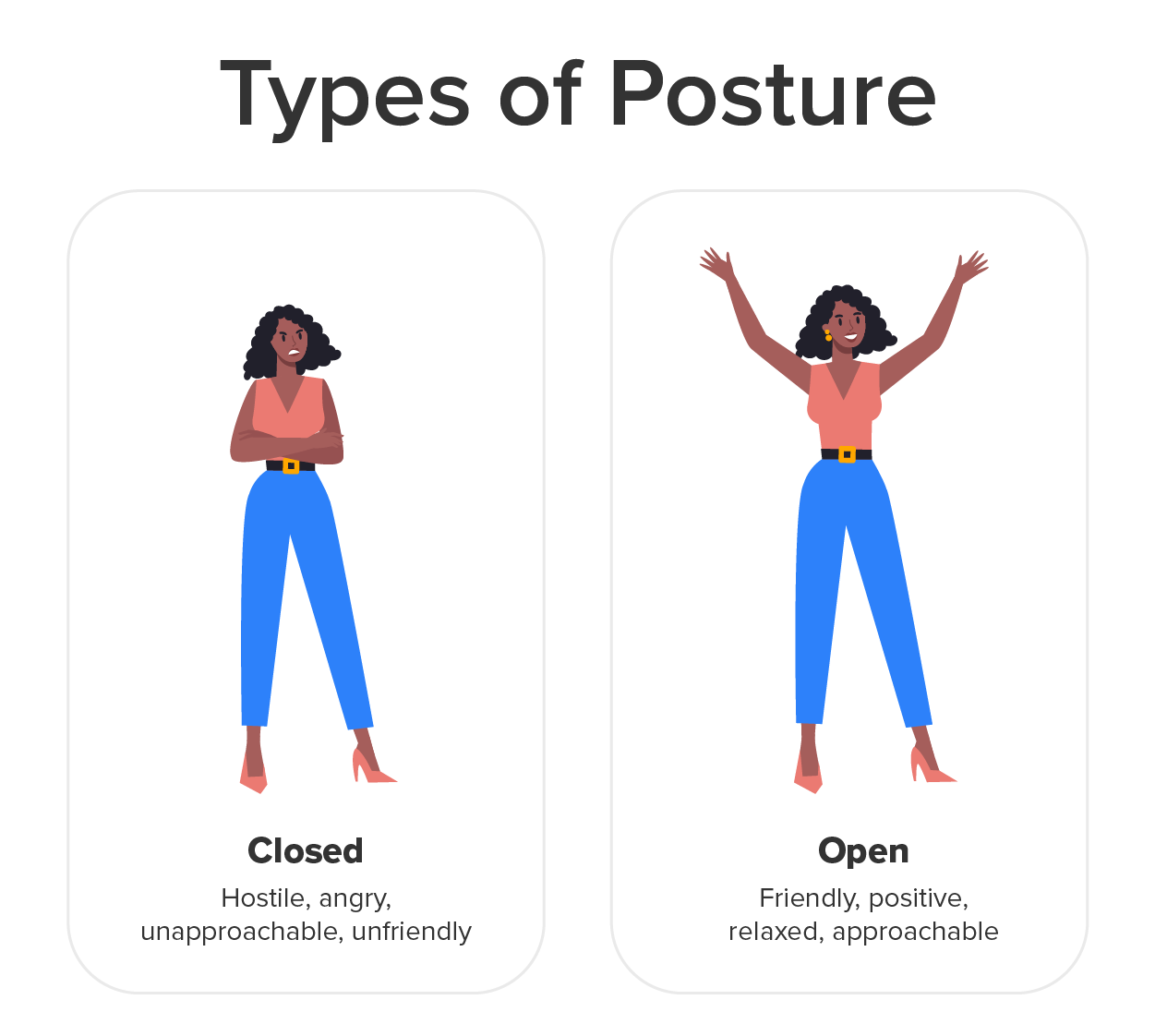Table of Contents |
First impressions of a speaker are important. The audience may judge the person on their appearance and not really listen to what is being said.
Considering the effect that dress and posture have on the response to a speech is important for public speaking.
Dress is considered an aspect of nonverbal communication and has social significance for the audience. Dress also includes the things that people wear, such as jewelry, ties, handbags, hats, and glasses. Clothing conveys nonverbal clues about a speaker's personality, background, and financial status. Your clothing style can demonstrate your culture, mood, level of confidence, interests, age, authority, values, and sexual identity.
Consider how clothing style might send a negative message. A sloppy appearance, messy hair, and wrinkled clothing sends the message, "I don't care," while appropriate attire demonstrates the importance of the occasion. A tight dress with a low-cut neckline might appear attractive but not convey the right message for a serious public speaking event. Appropriate dress changes based on the occasion and has changed over history.

Dress codes have built-in rules about the message sent by what a person wears and how they wear it. By showing positive aspects of yourself through dress, attire, and grooming, you can inspire confidence in your abilities.
As a general rule, attire should be chosen according to the type of audience, the event, and the purpose. The audience should be considered before choosing attire. Dress should be comfortable without looking overdressed. Additionally, making a fashion statement is not always helpful for a public speaker because it can detract from the substance of the speech.
If you are speaking to an audience in person, the audience will respond to your posture.
Posture is one means of communication. Body movements convey information about interpersonal relations and personality traits such as confidence, submissiveness, and openness.
The speaker may display an open or closed body position. Those two positions communicate different messages to the audience and can be desirable or undesirable based on the type of visual delivery that is desired.

Closed posture often gives the impression of detachment, disinterest, and hostility. Behaviors that represent closed posture include arms crossed on the chest or abdomen, hands clasped in front of the body, and crossed legs.
Showing the back of hands or clenched fists can also represent a closed posture. Hands clasped behind the back may also signal closed posture even though the front is exposed because it can give the impression of hiding something or resisting closer contact.
Open posture communicates a friendly and positive attitude. The feet are spread wide, and the head is straight and raised, looking at the audience.
An important element of an open posture of the body is the hands. Showing the palms of the hands can be a signal of open posture, especially if the hand is relaxed.
Source: THIS TUTORIAL HAS BEEN ADAPTED FROM "BOUNDLESS COMMUNICATIONS" PROVIDED BY BOUNDLESS.COM. ACCESS FOR FREE AT oer commons. LICENSE: CREATIVE COMMONS ATTRIBUTION-SHAREALIKE 4.0 INTERNATIONAL.